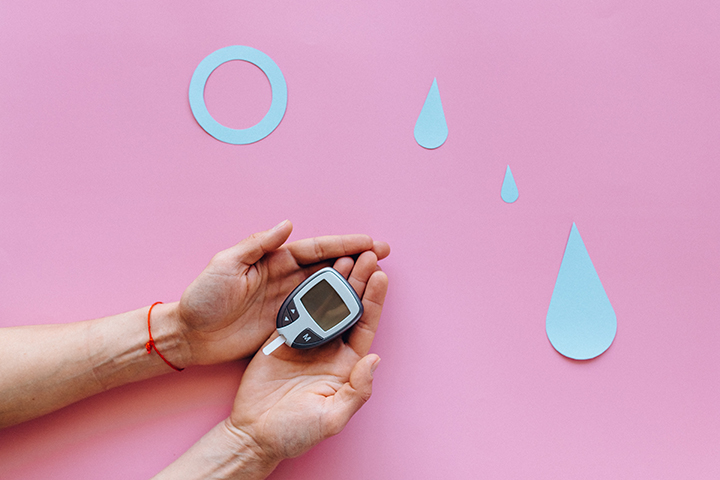- Immaculately Clean Facility
- Fully stocked changing rooms and showers
- FREE Body Scan
- FREE towel service
- Nutrition Coaching & Accountabiliy
- Expert coaches
Skip to content
Like other areas of the United States, Sacramento, CA, faces an epidemic of Type 2 diabetes. It all starts with insulin resistance. Insulin opens cells so they can uptake glucose. When the cells fail to respond to normal amounts, the body makes more insulin. That increase can keep blood glucose levels in check. The cell sensitivity continues to decrease until one day, blood glucose levels climb and prediabetes begins. Prediabetes leads to diabetes. You can lower your risk and even reverse the process naturally.
If you continue your lifestyle, the problem grows worse.
One out of three adults have insulin resistance. If you’re one of those people, you cannot continue with the same lifestyle and expect things to get better. If you ultimately get diabetes, you’ll have to change lifestyle habits anyway, so why not stop the problem before it escalates? Stress, excess weight, and lack of exercise can cause the problem. It’s time to take action before it begins or when you first have symptoms. What are the symptoms of insulin resistance? Some people experience no symptoms. Others have increased thirst, hunger, and urination. They may have headaches, skin or vaginal infections, slow healing, or blurred vision.
Changing your diet is a good place to start.
What you eat can increase or decrease your risk of diabetes. Eating a high intake of food and drinks with added sugar and highly processed foods increases insulin resistance. Choosing whole grains, non-starchy vegetables, and citrus fruits increases insulin sensitivity, so the body requires less insulin. Include high-fiber food, like beans and nuts, protein-rich food, antioxidant-rich foods like berries, unsweetened drinks such as water or tea, and unsweetened fermented food like yogurt.
Increase your activity level.
Exercise helps make the cells more insulin sensitive. It can help reduce abdominal fat. Abdominal fat is a leading cause of insulin resistance. It increases free fatty acids and inflammatory cytokines that directly affect insulin sensitivity. A sedentary lifestyle can help reverse the problem. Your body requires less insulin to maintain control when you exercise. It makes the insulin work faster and more effectively. The exercise should be mild to moderate aerobic workouts executed at the same time daily.
- Don’t confuse type 1 with type 2 diabetes. Type 1 diabetes occurs when the body doesn’t create enough insulin. Type 2 diabetes occurs when it doesn’t use insulin correctly. A healthy diet and regular exercise help both.
- Changing your diet isn’t enough. You also have to change what you drink. Sugary soft drinks, fruit juice, sweetened teas, and sweetened coffee can increase blood sugar levels. Opt for water and unsweetened drinks.
- Regular exercise helps control blood sugar levels and helps prevent damage caused by diabetes. It can lower blood pressure, reduce the risk of heart disease, and lower BMI, reducing the risk that occurs with obesity.
- Studies show blood sugar levels are lower for up to 24 hours after exercising, it can lower the risk of diabetes when combined with adequate sleep, a healthy diet, and stress management.
For more information, contact us today at Team-ISC



